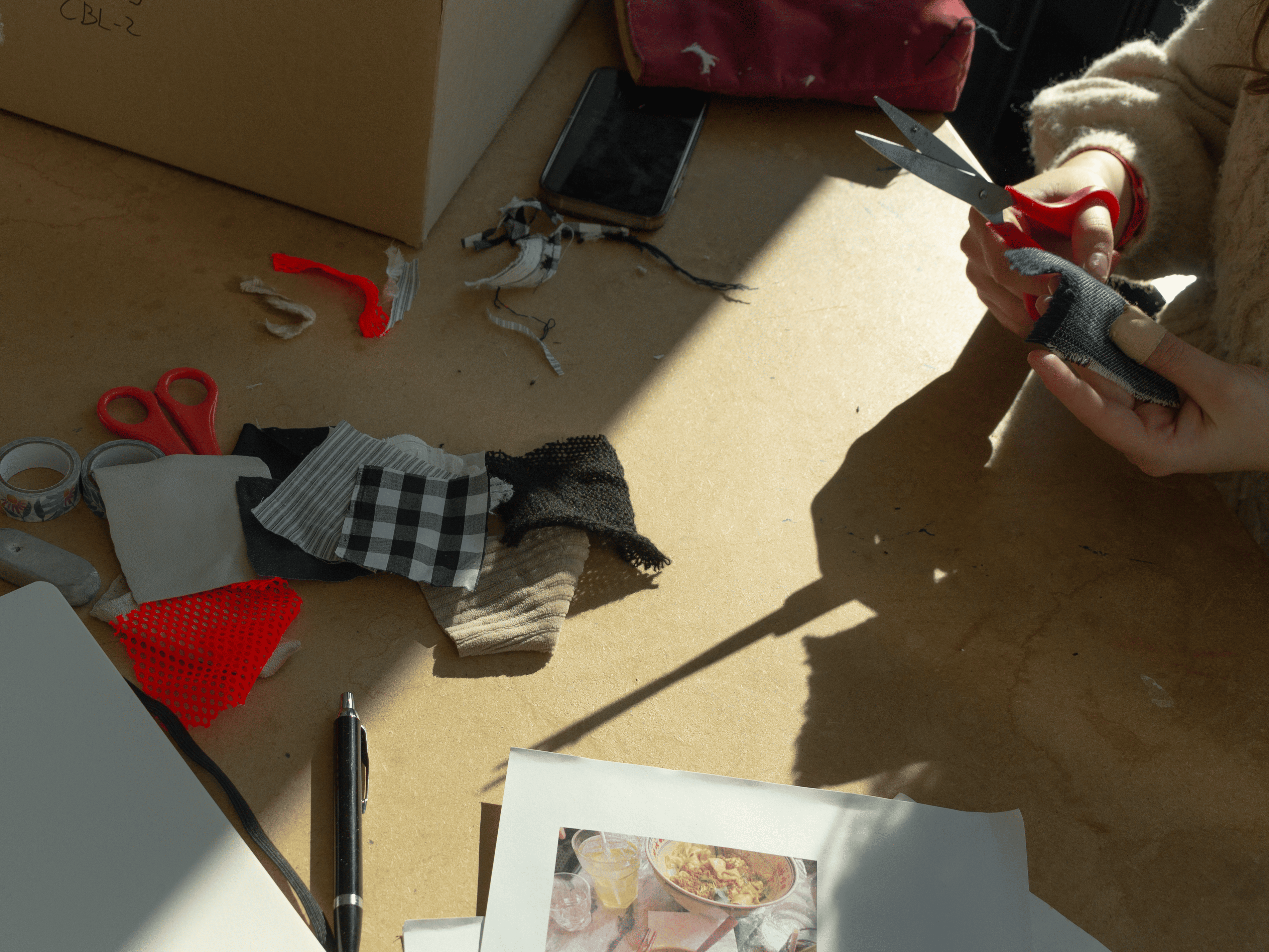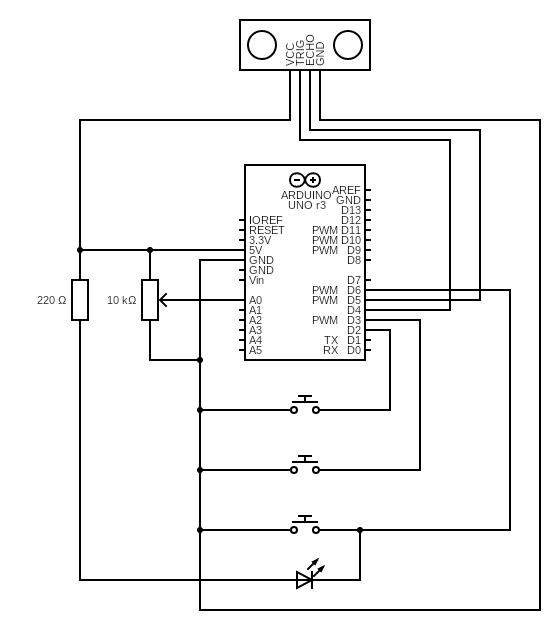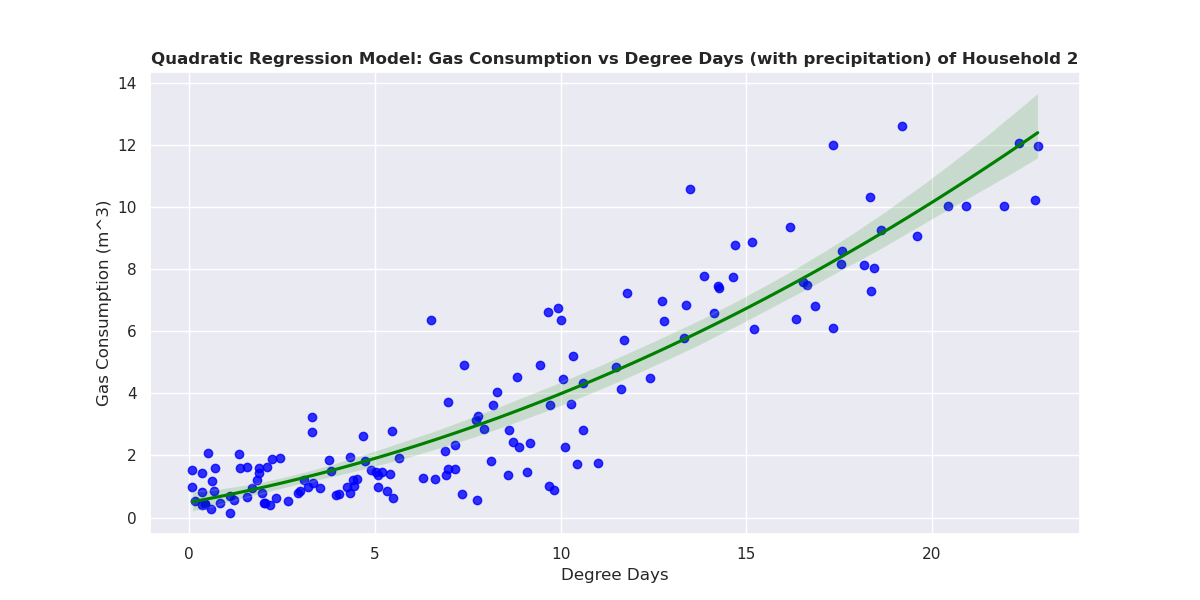Present
Creativity & Aesthetics
Creativity and Aesthetics to me is about the processes of coming up with, selecting, and refining ideas into workable concepts, making sure they are of quality and supported by physical or digital explorative work done during the process; all the while everything is done with professional standards. This semester especially has been valuable in learning how to move beyond the scope of a Double-Diamond process and into a more varied approach. I have learned to use my skills in photography and sketching in a non-linear explorative process especially during the first part of Project-2. Using my skills has allowed me to explore concepts more thoroughly and visually, whilst also leaving me with more material to show in documentation and reflection. An example of this is how taking pictures has allowed me to get different insights and be able to present them in the design workbook by printing them out and pasting them in. These findings I wish to take with me moving forward and apply using different media, such as 3d modelling and printing and working with more physical materials such as wood, fabrics, and metal.

A picture of us working with soft textiles during Project-2
Courses: Project-1 - Project-2
Technology & Realization
Technology and Realization as an Industrial Designer means to understand and be able to use modern day technologies to communicate with engineers what something is supposed to do. Especially during Creative Programming, and Project-2 this semester this has proven an interesting challenge. Having already had a basis in the more engineering part, it was easier for me to understand topics and concepts such as designing light and stiff, working with Arduino, and technical drawings. Though these projects have proven to be of value by allowing me to actually put this knowledge to use, and learn from practice how complex things can actually get. I learned that although I had a good understanding of these concepts, applying them in practice is usually harder than previously thought. I mainly learned that coming up with a detailed concept and work plan is hard, but it makes the execution a lot easier. I noticed this both individually during my Challenge 1 and 2 for Creative Programming, but also for Project-2. Making a work plan/sketch that is understood by every team member would prove to be a vital aspect in the project, especially if not everyone is similarly skilled in the same areas. This could also help me with my development of Technology and Realization as a whole.
During this semester I also garnered more practice with engineering skills such as drawing electrical diagrams and setting up Arduinos, which are valuable skills to understand as an Industrial Designer with an engineering background.

A circuit diagram of my Arduino setup for Challenge 2 of Creative Programing.
Courses: Project-2 - Creative Programming - Physics for Engineers
Math, Data & Computing
Analysis of data and complex mathematical algorithms plays a big part in today's society and forms a key challenge for designers. That's why understanding how to deal and use such things to a designer's benefit is important. I noticed the importance of this during the making of my Arduino code in this quartile. My understanding of filtering mechanisms from Data Analytics allowed me to know what to do and how to approach the filtering of numerical data. Furthermore, knowing how to interpret, process, and visualize numerical data is yet another set of valuable skills I learned during the course of Data Analytics, and will definitely play a role in future projects. Learning and noticing how important the expertise area of MDC is in connection with other areas through means of projects both for Project-2 and Creative Programming motivates me to continue to garner more knowledge within this area that will make me a more technical designer.

An image of my data visualization for Graded Assignment 2 of Data Analytics.
Courses: Calculus - Physics for Engineers - Data Analytics
User & Society
User and Society is about understanding a product or idea from the perspective of a user, and being able to empathize and put yourself in their shoes through tools such as proper literature research and ethical testing. Through the course Human Centered Design I gained technical knowledge on how to do this. I got introduced to concepts such as surveying, interviewing, but also what usability and user experience is and what different aspects they have. The real application of this knowledge came during Project-1, where we got to put these concepts to practice. A key part was learning how specifying our audience through personas influenced our final product and design language. Many aspects of this expertise area, such as usability or audiences already felt quite trivial to me. I would already take these things into account before knowing the theory behind it. What the theory did is give me more confidence and technical knowledge to gather more information by knowing how to conduct proper interviews and gather valuable input from user testing.
Courses: Human Centered Design - Project-1 - Project-2
Business & Entrepreneurship
This expertise area is about positioning a design in the real world. A design should add value to what has already been made before, since there's no point in reinventing the wheel. Economically conscious designs have a better potential of succeeding, so being aware of it and applying concepts such as benchmarking and trends form a core of this expertise area. Whilst I have not yet taken a course on this expertise area, application of the mentioned concepts have been crucial in Project-1. Exploring games similar to our concept in Project-1 and benchmarking what is feasible allowed us to create a realistic and rich experience of a game for our project by taking account what the market has already done, and where opportunities still exist for us to explore.
Courses: Project-1 - Project-2
Back to Home.